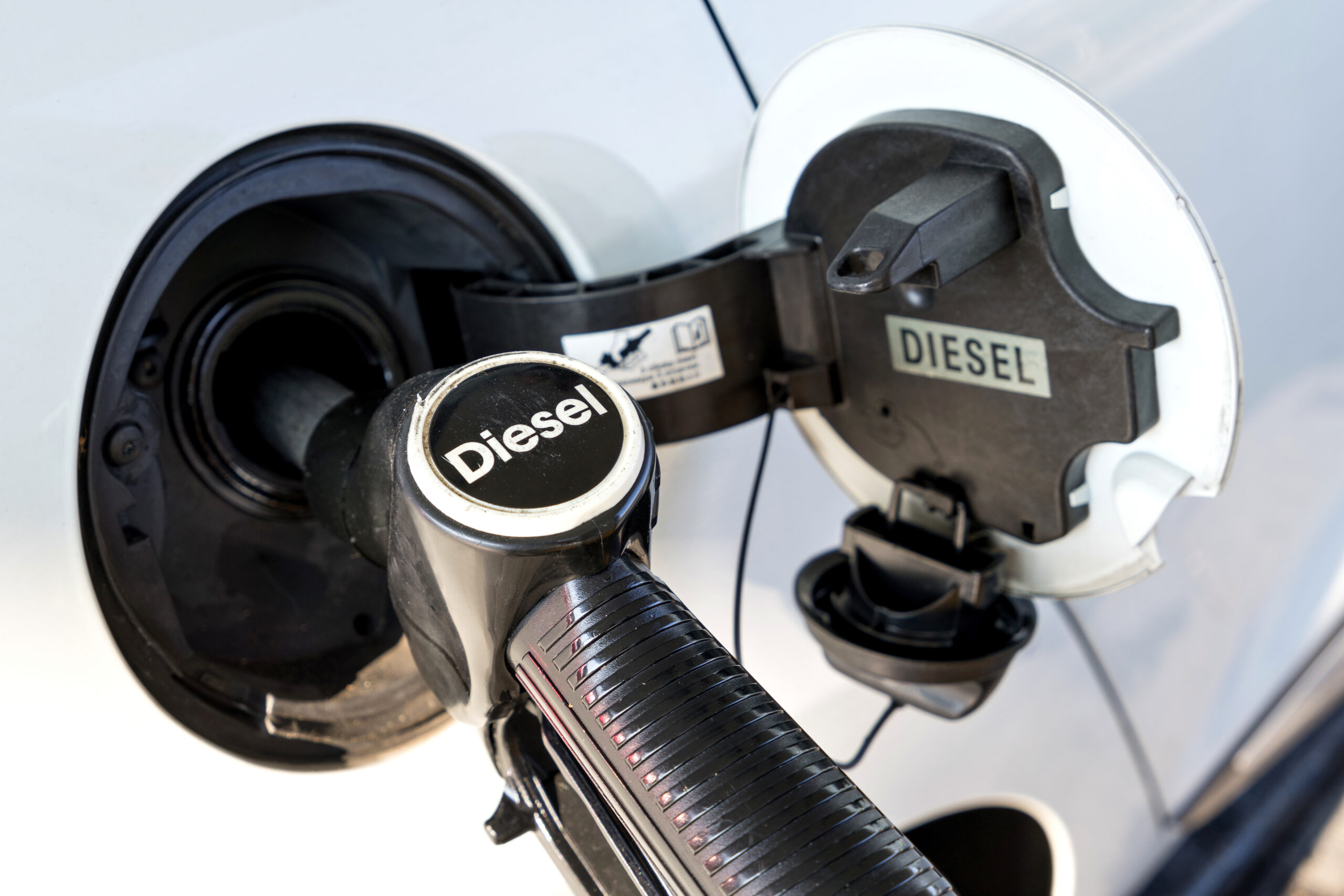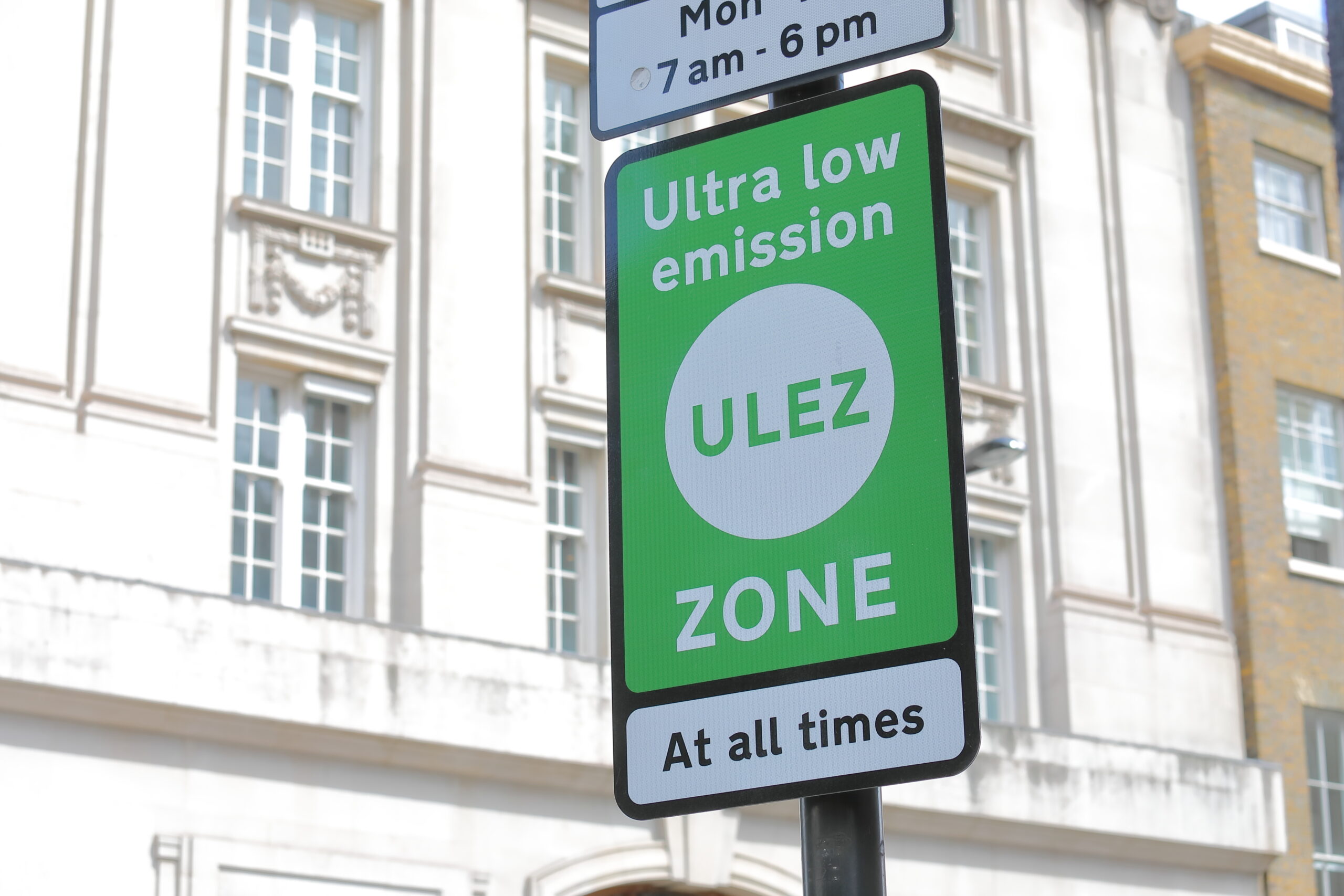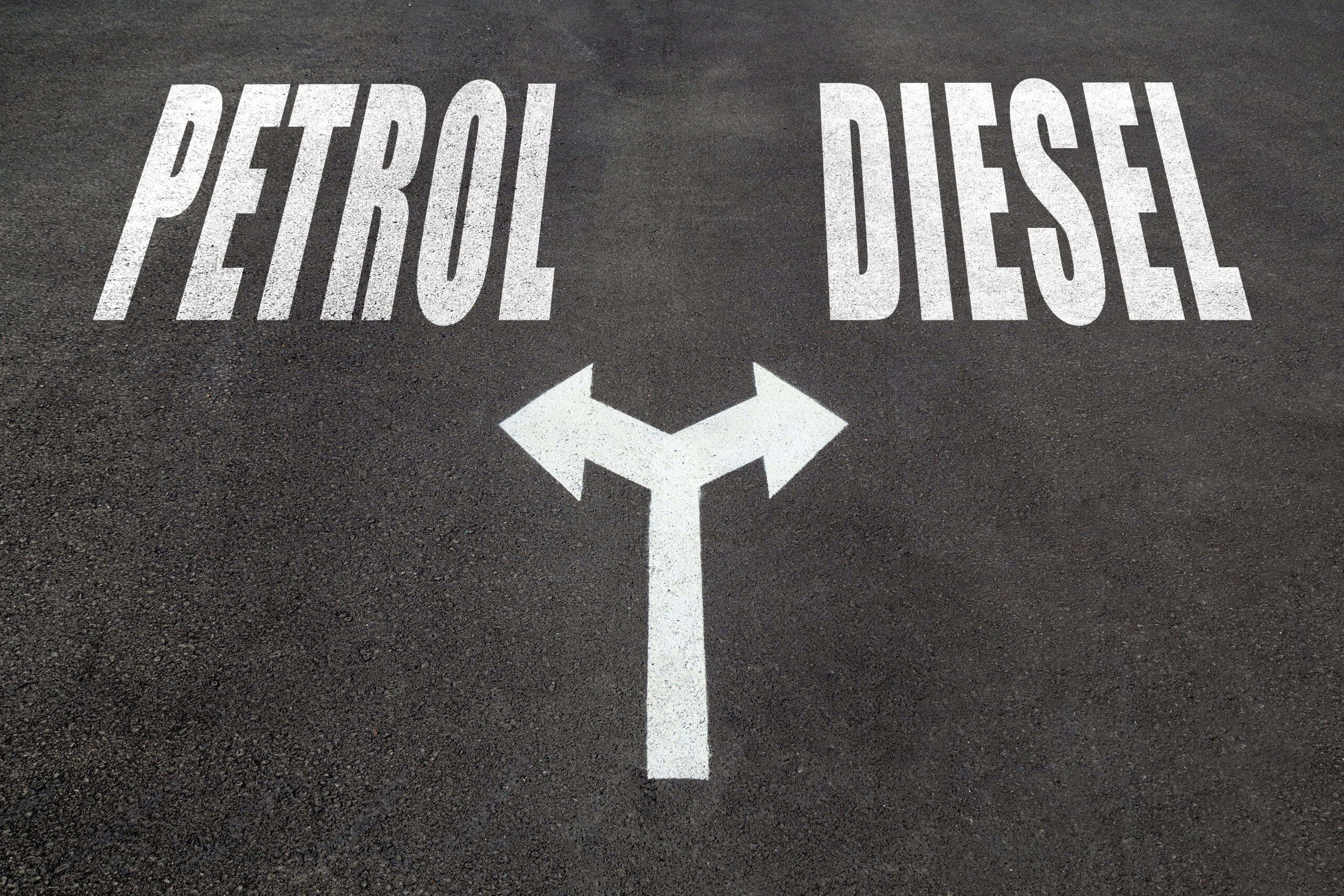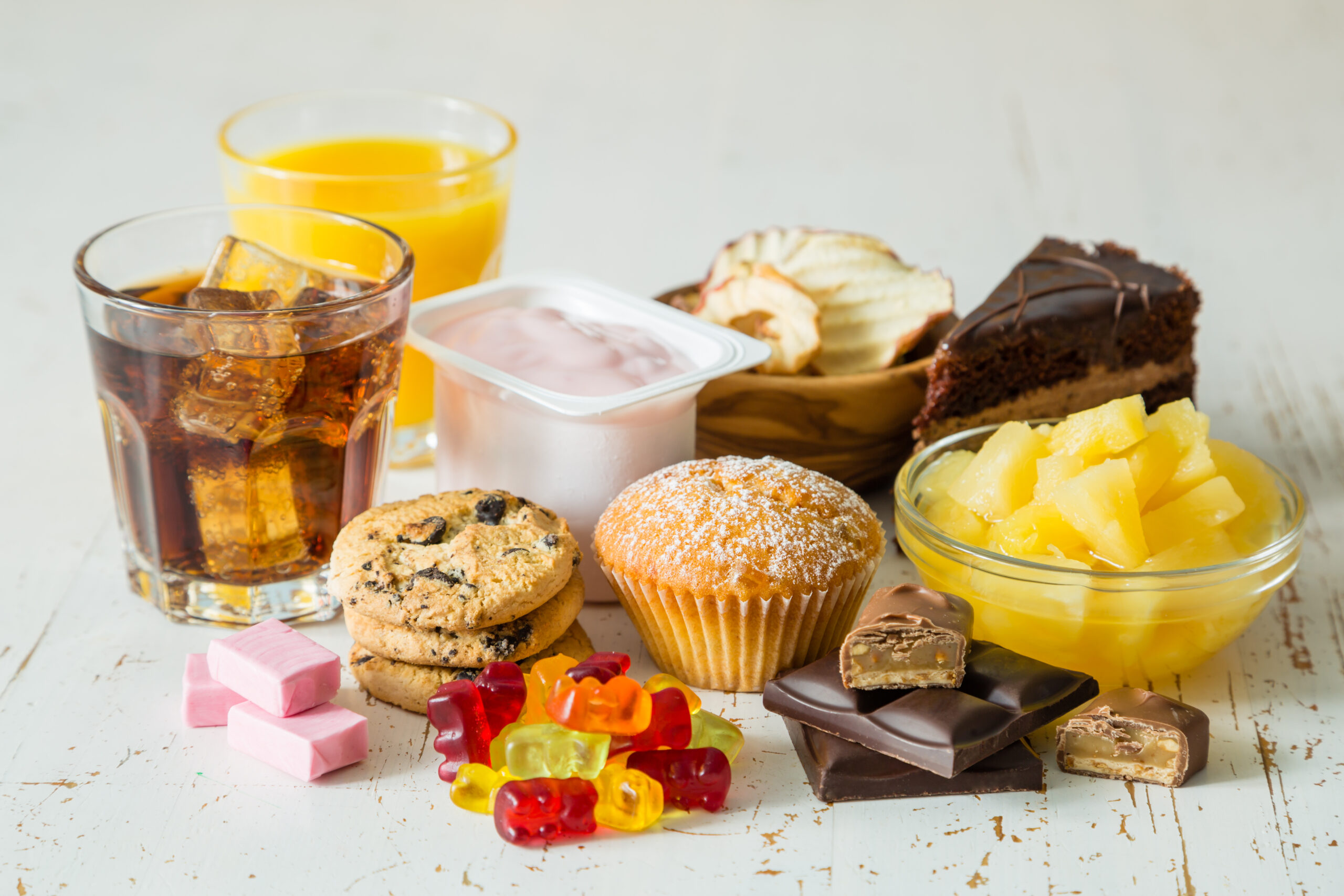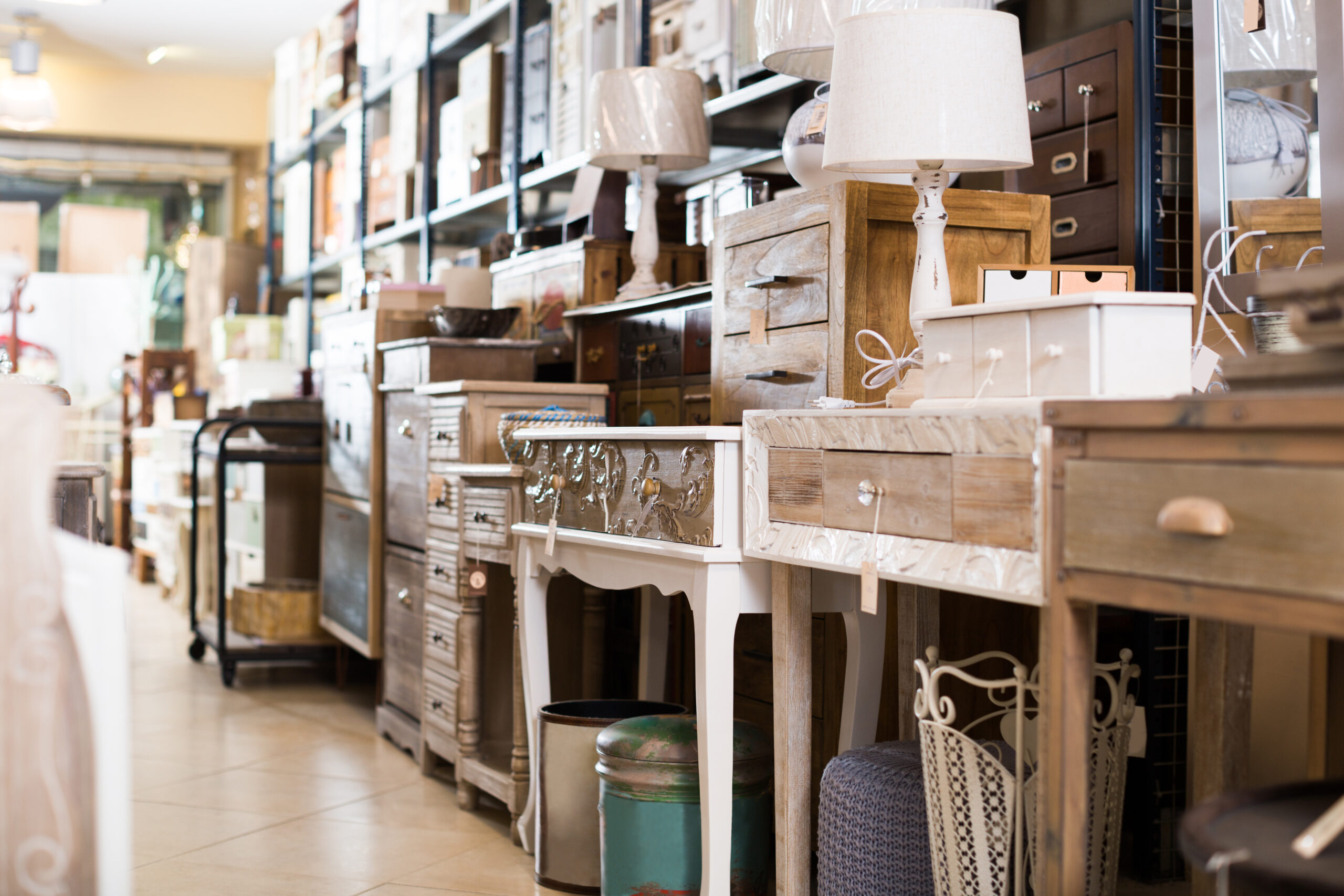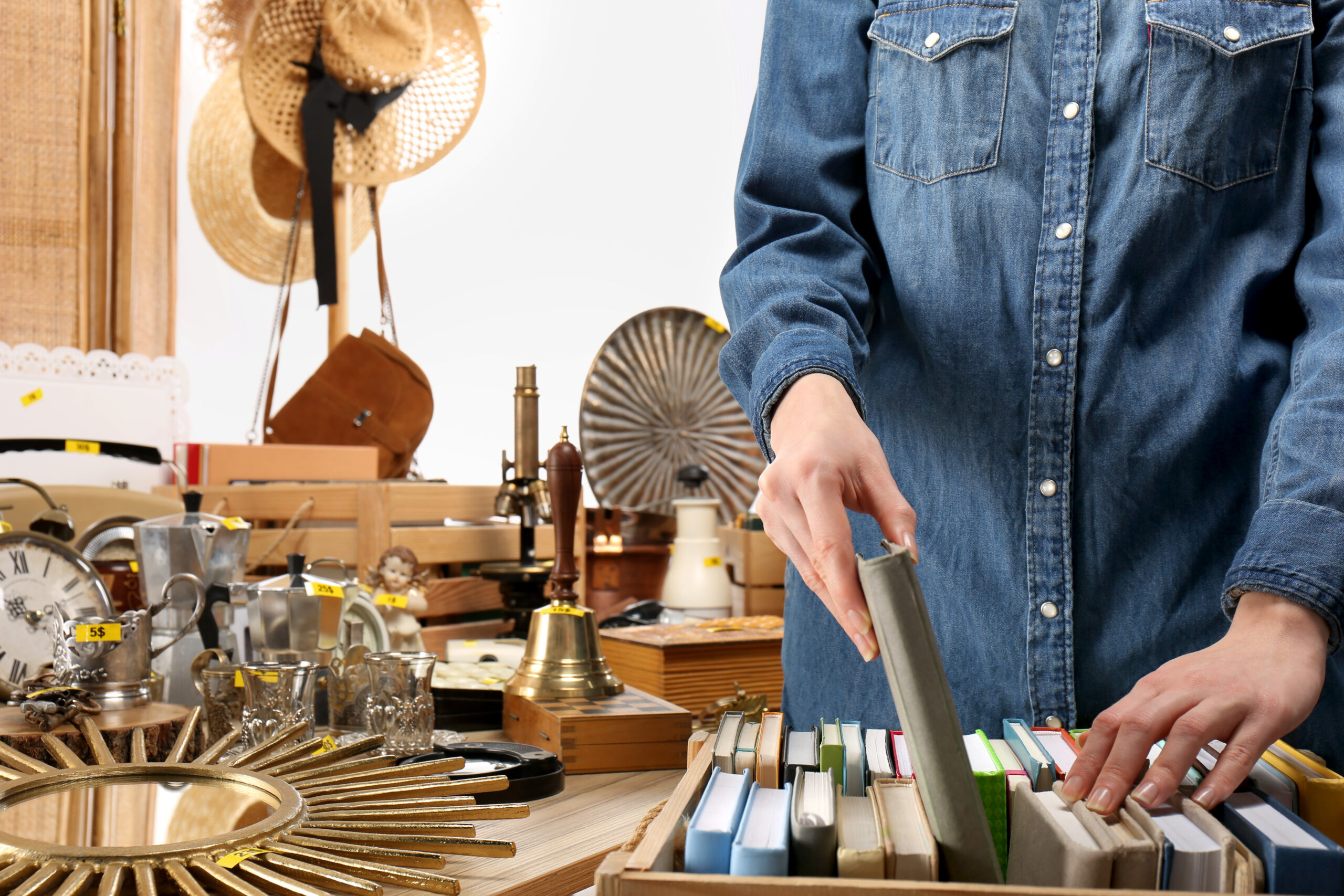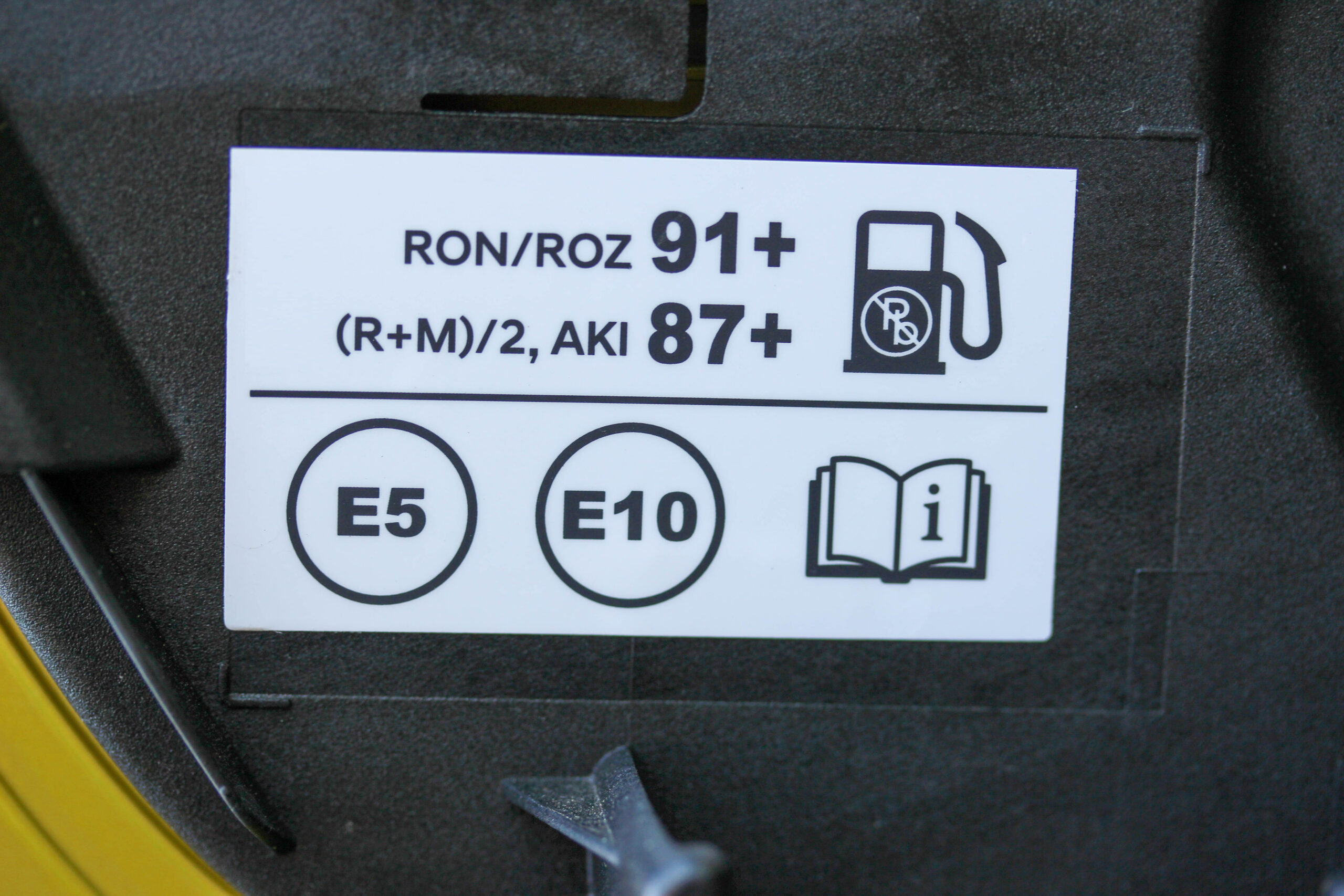If your goal is to become more environmentally friendly, one aspect to look at is your car washing habits. Experts recommend washing your car at least once every two to three weeks[1], but what impact does washing your car have on the environment?
Car washing is an essential element in the upkeep and maintenance of a car. If you want to do your bit for the earth, here are some tips on how to wash your car in an eco-friendly way.
What type of car cleaner is eco-friendly?
To be eco-friendly, a car cleaning product should have certain characteristics.[1] Here are some factors you should think about when buying or using car cleaning products:
- Is it biodegradable? Look for products that are labelled as biodegradable or environmentally friendly.
- Is it free from harsh chemicals? Look for products free of chlorine, ammonia, bleach, and phosphates.
- Is the packaging recyclable? Try and find products with minimal packaging or that use recyclable and biodegradable containers.
How much water should I use to wash my car?
Washing your car can use a lot of water, whether you do it manually or at a mechanical carwash. The average jet wash uses between 150 to 300 litres of water per vehicle (depending on their size).[1] Hand washing your car with a bucket and sponge will definitely use less than this.
However, eco-friendly car cleaning products should save water by requiring less water for rinsing. You can also buy rinse free products, which usually use a mix of agents to clean the vehicle’s surface without needing water, making them more eco-friendly.
What type of water should I use to wash my car?
Dirty water does not just disappear, it can join the water cycle and ends up in our rivers and streams.
If you’re looking for an eco-friendly car wash, watch out for one that has water re-use and treatment methods. Some car washes enable the same water to run through the system, clean it up and use it several times for multiple washes.
It’s not necessary to use drinking level pure, clean water when it comes to washing your car. Using recycled rainwater or wastewater if you are hand washing is one way that you can be more eco-friendly.
What types of sponges are the most eco-friendly?

Car washes use plenty of sponges and when they wear out, they will end up in the bin and, ultimately, in the landfill. Ask your local car wash if their cleaning materials, sponges, squeegees etc are biodegradable ones.
If you are washing at home, use a natural sponge rather than a synthetic one and microfibre cloths that you can wash and use again rather than wipes or blue roll.
As a car user, you can decide what products you use, how much water you use and where you take your car to have it cleaned. Eco friendly car washes may seem difficult to find, but with just a few questions you can decide if it’s the right one for you.
Want to learn more? Check out our blog on whether petrol or diesel is better for the environment.
Looking for more ways to be a sustainable driver? Here at Vavista we plant a tree for every car insurance policy sold.
[1] https://dropless.co.uk/sustainability/
[1] Sustainable Car Cleaning: The Ultimate Guide to Auto Care (ecocarcafe.com)
[1] https://www.washdoctors.co.uk/post/how-often-should-you-wash-your-car


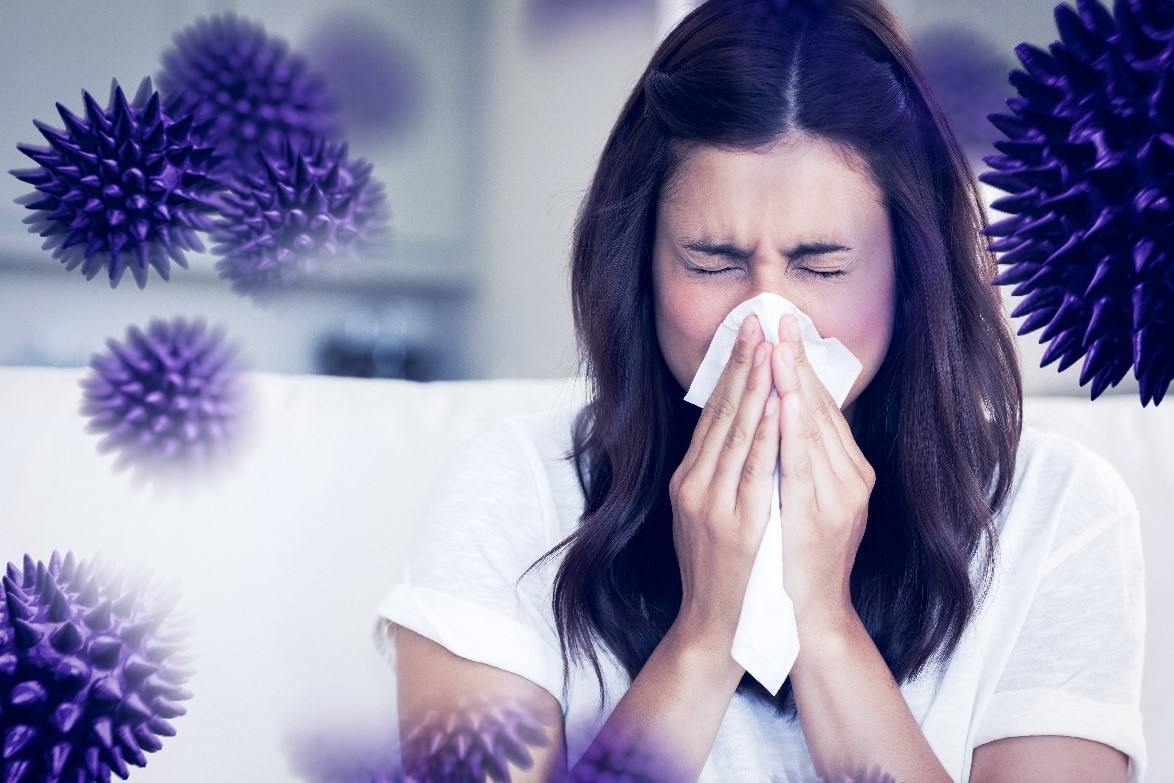
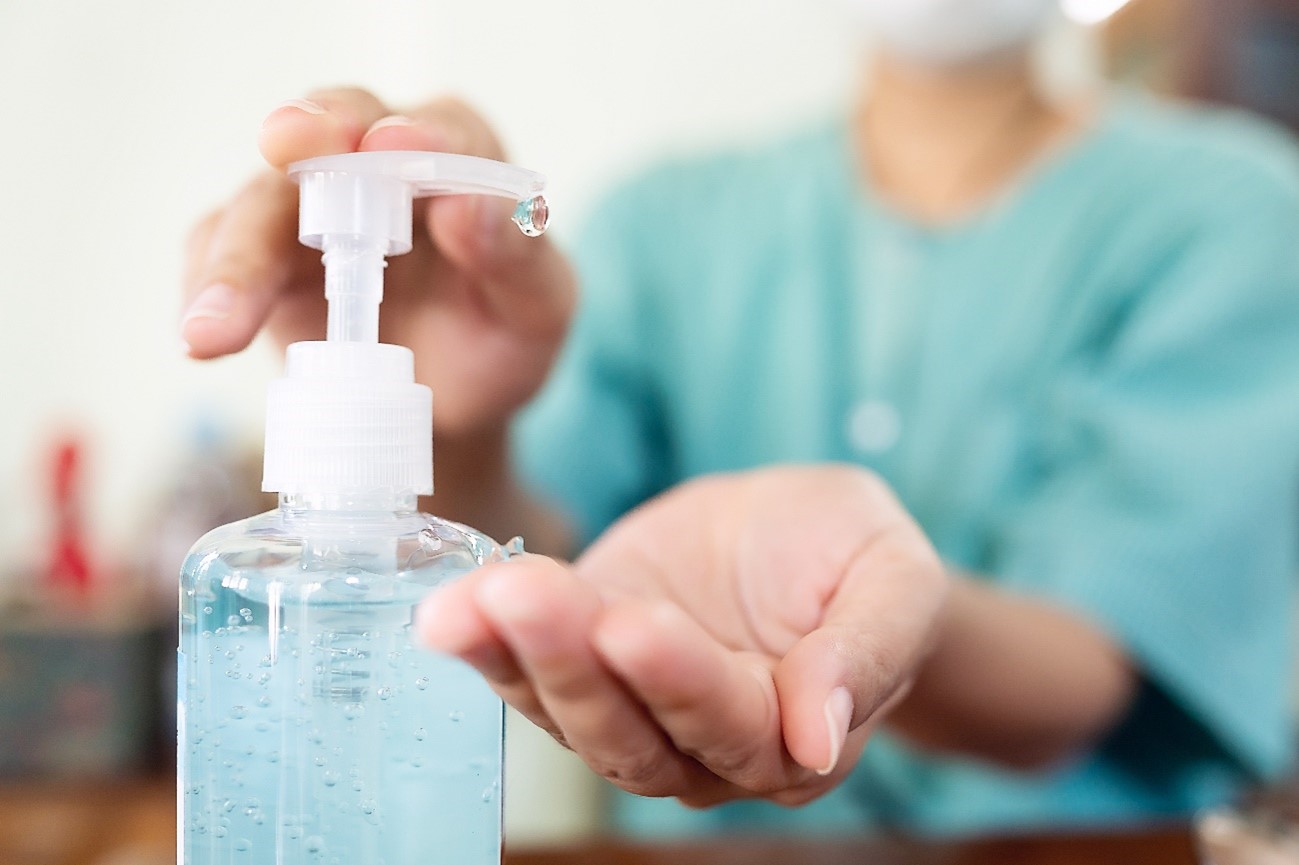
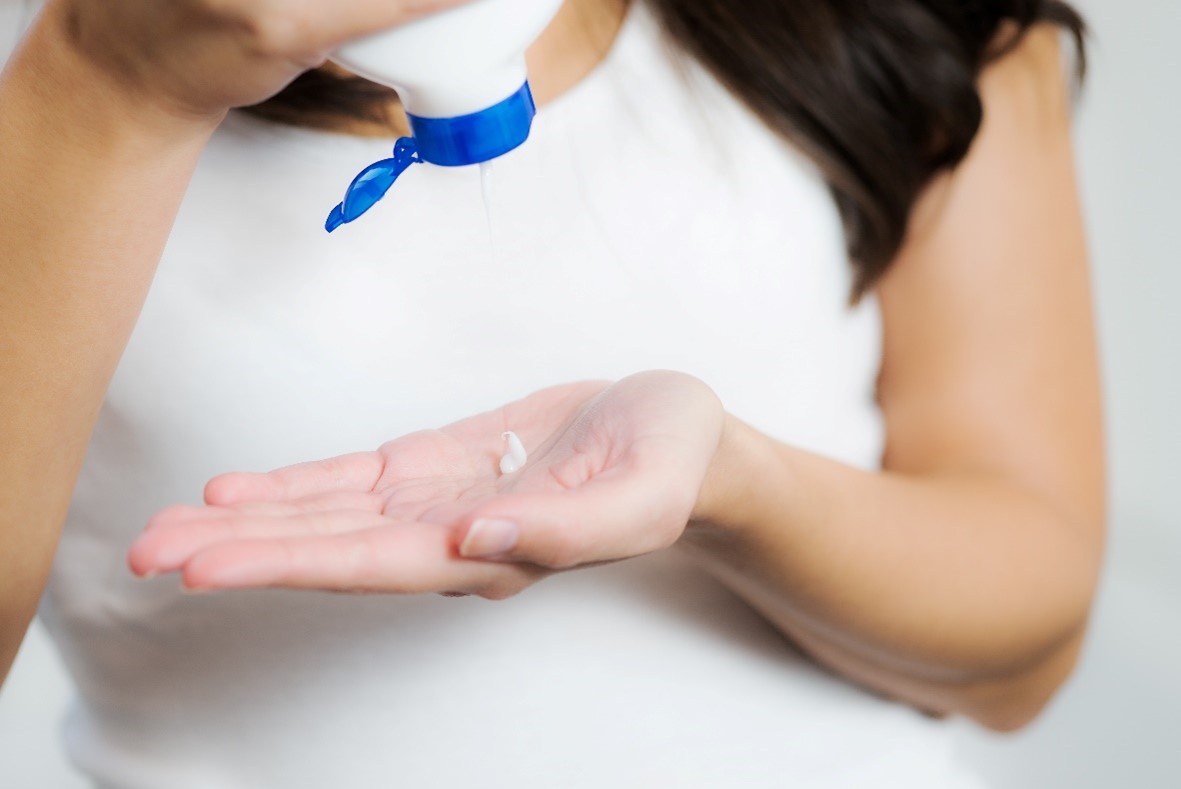
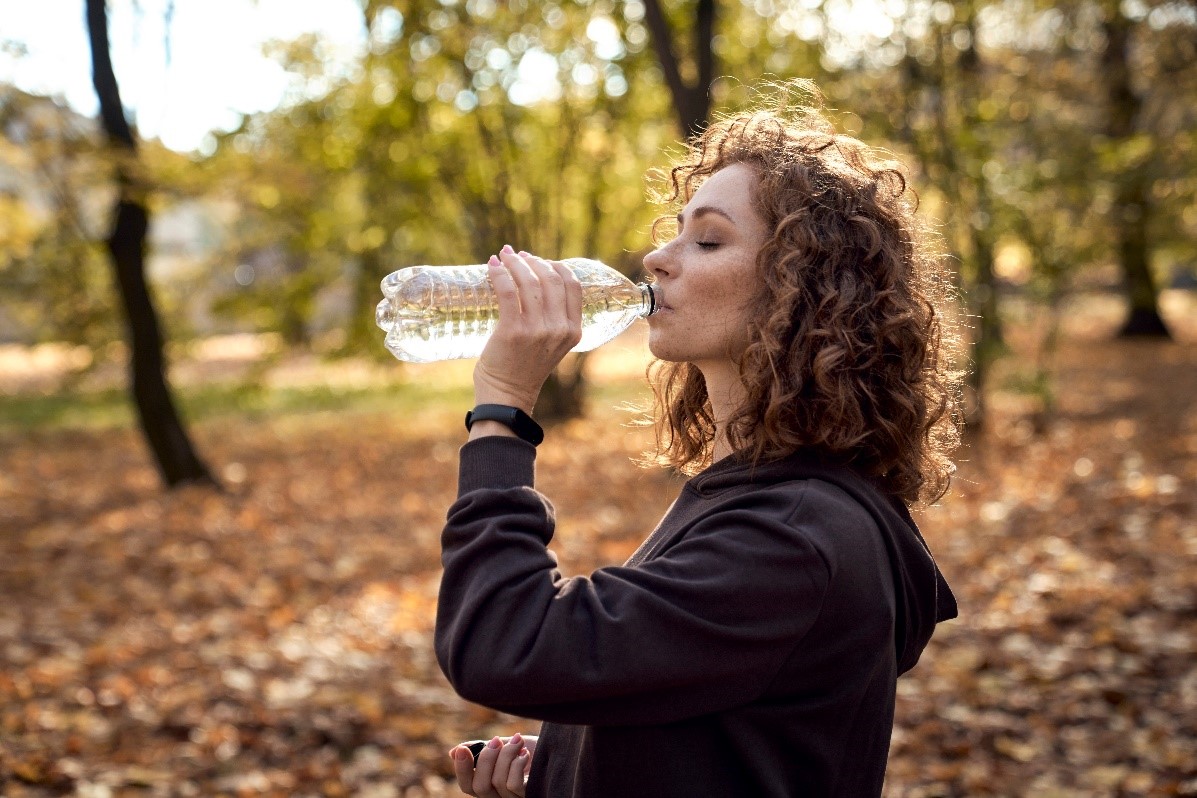

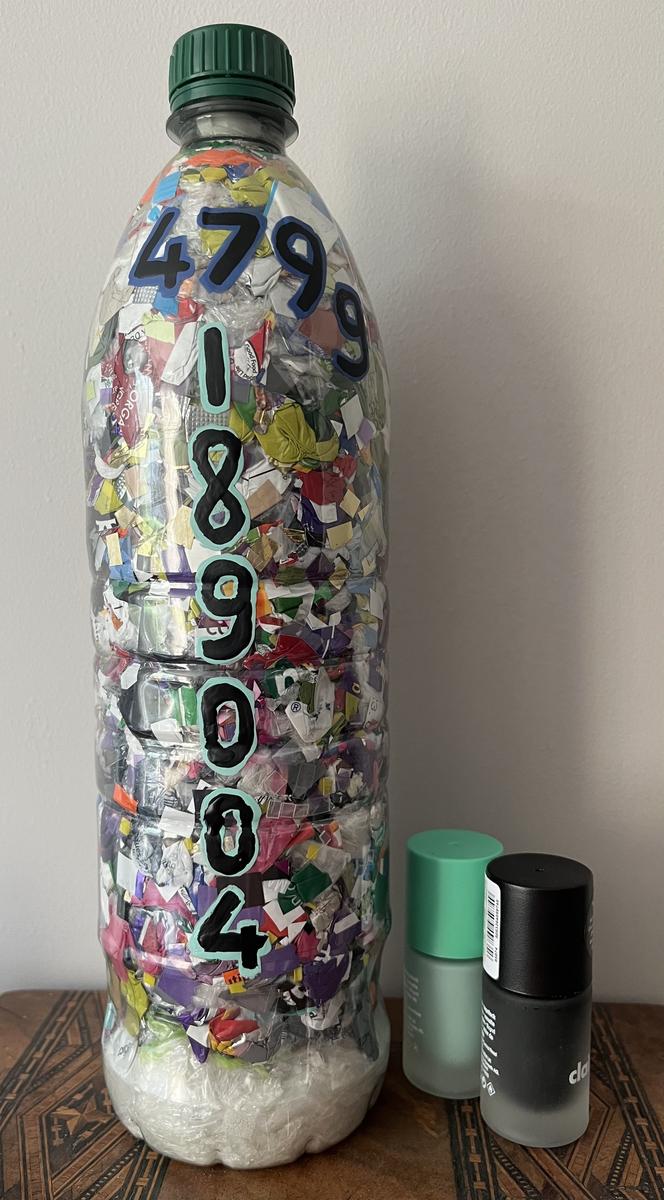
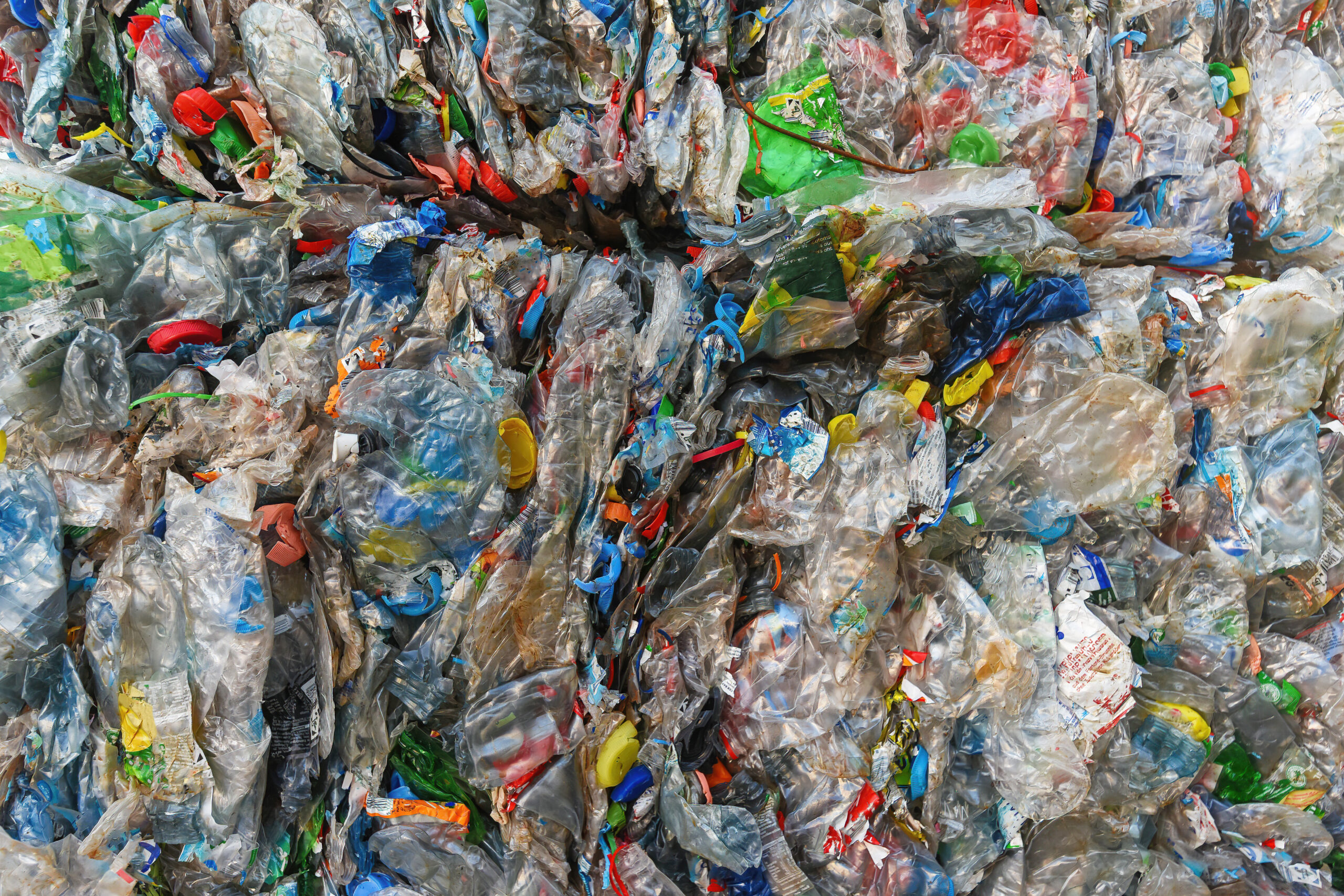 Compressed plastic waste – Adobe Stock
Compressed plastic waste – Adobe Stock